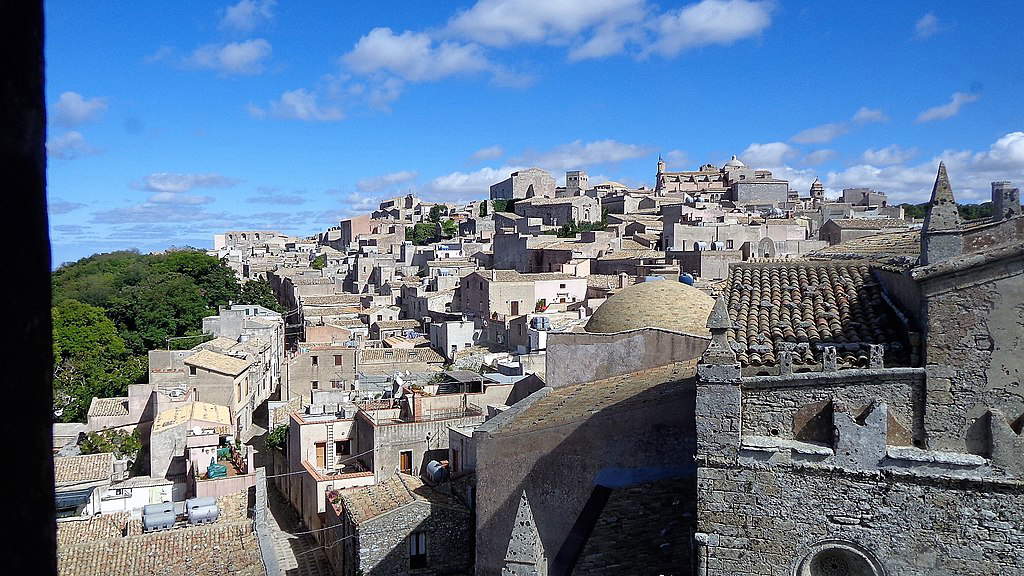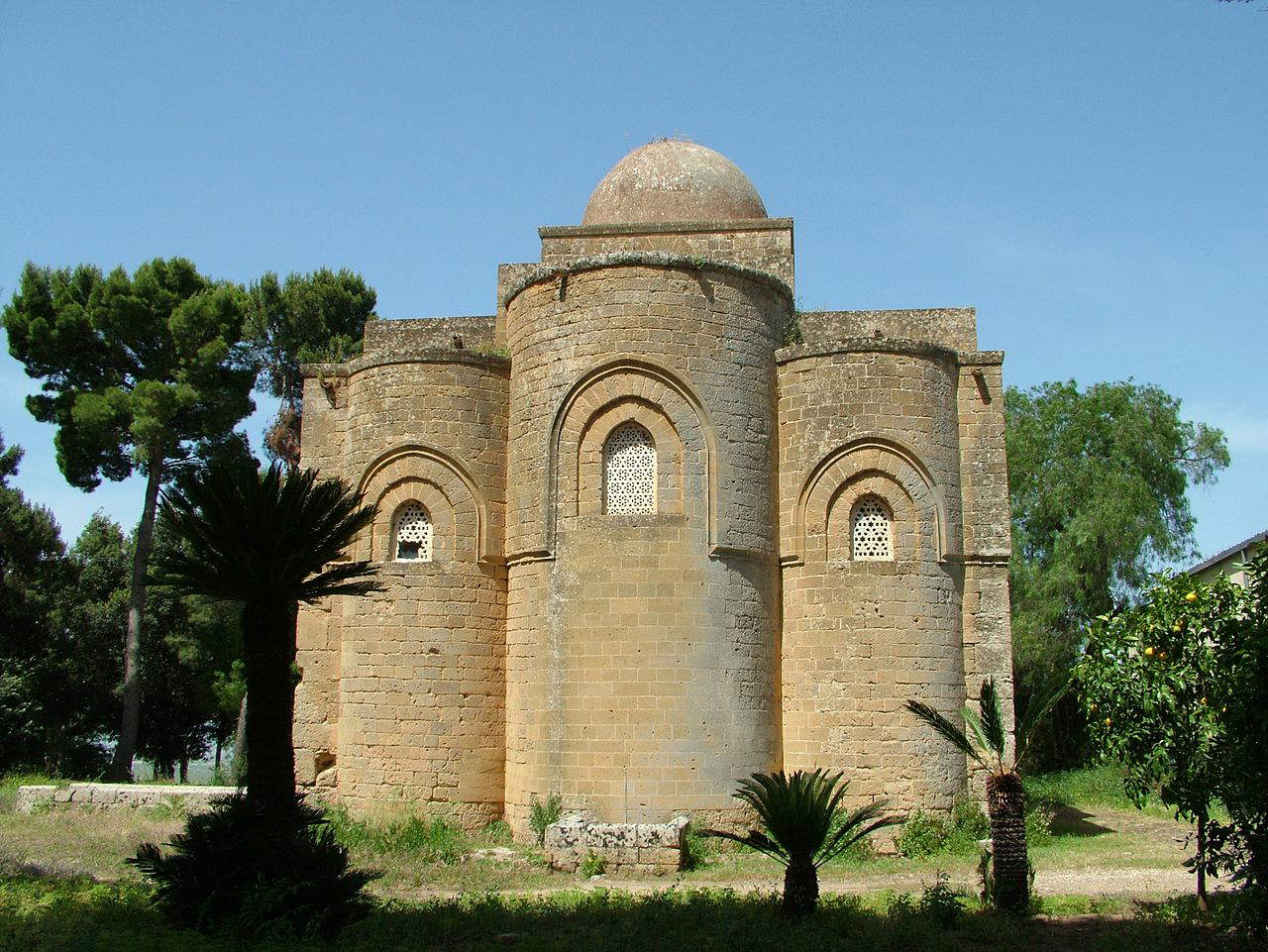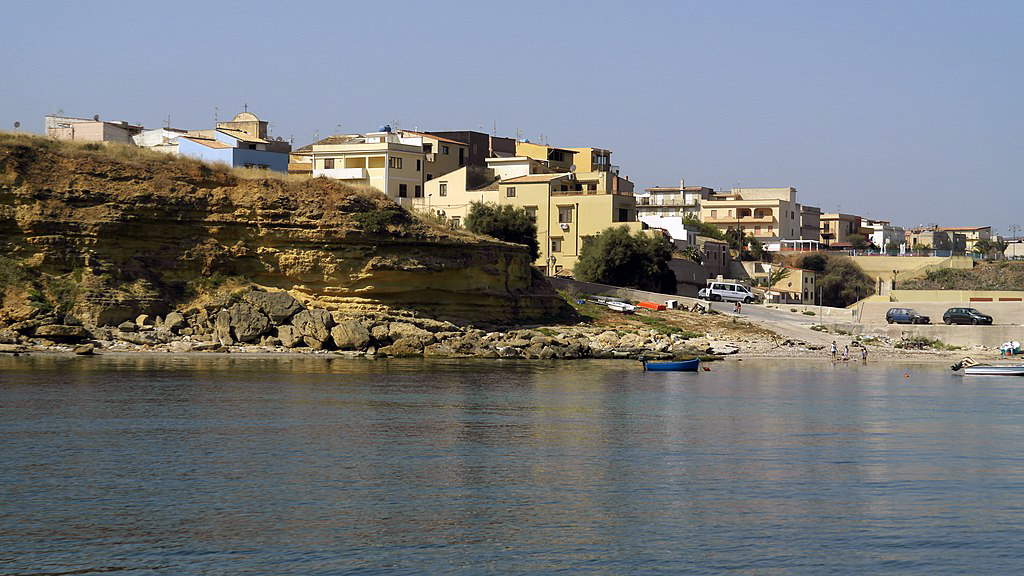Western Sicily is one of the most visited places insouthern Italy. Always a crossroads in the country’s history, it is known for the wild beauty of its landscape, including dreamy beaches and lush vegetation that looks like something out of an impressionist painting. Western Sicily is then the land of important cities, Palermo first and foremost, but also Agrigento and Trapani, which can count on a unique and evocative charm that has its roots in ancient times. Western Sicily is a place where the traveler can find everything he or she is looking for: art, enchanting sea, good food and many places to have fun and relax after dark. To fully enjoy what this magical land has to offer, however, the best way is to get lost in its landscapes and, at a slow pace, discover the many villages that are scattered throughout the territory, each with its own history and traditions all to be discovered. Here are the 10 villages and towns not to be missed on your trip to western Sicily
The city of Giuseppe Garibaldi’s landing of the Thousand is best known in the world for its unmistakable wine, a true excellence of Sicily and of Italy as a whole. Marsala has ancient origins since it stands on the ruins of the ancient Punic cities of Lilybaeum and Mozia and is also located within the nature reserve of the Stagnone Islands of Marsala. Art, culture and natural beauty go hand in hand in Marsala, a city that over the centuries has absorbed the many influences of successive rulers from the time of the ancient Romans through the Arabs and Spanish to the present day.The list of wonders not to be missed during your stay in Marsala is very long, starting with the seventeenth-century Cathedral and then again the Tapestry Museum, the Archaeological Park, the great art gallery housed in the Carmine Convent, not to mention the many historic wineries, the wonderful beaches and the evocative Stagnone Salt Pans.

Perched atop the mountain that bears its name, the medieval town of Erice is one of the places most immortalized by travelers and tourists discovering the beauty of western Sicily. Erice is 750 meters above sea level and just under 15 kilometers from Trapani, a city to which it is connected during the summer by a spectacular cable car. From this town perched on the rock of enjoys breathtaking views with the eye that can sweep 360 degrees from the Gulf of Trapani to the Egadi Islands to the hinterland of Valderice. This village of narrow cobblestone streets has a history dating back thousands of years and is now home to true masterpieces of art and architecture all waiting to be discovered. One of the best known and most admired monuments is undoubtedly the impressive Castle of Venus, but not to be missed are also the Cathedral, the church of San Martino, and much more.

In few other places like Mazara del Vallo do Europe and Africa, West and East meet, creating a unique blend of art and centuries-old traditions. In this enchanted place that is less than 200 kilometers from the Tunisian coast for centuries different peoples and civilizations have passed through and each has left its own unmistakable mark. In Mazara del Vallo more than anywhere else, traces of ancient Arab rule can still be clearly seen, particularly in the oldest part of the old town with its narrow, winding streets that recall the design of the casbah. Mazara del Vallo, moreover, was one of the most important cities of Saracen Sicily whose legacy has since been integrated over the centuries into a mix of styles that is as unique as it is striking. So lose yourself in the ancient casbah, but then look up to admire the splendor of Piazza della Repubblica and the Norman cathedral of San Salvatore, or imagine the city that was by admiring the remains of the ancient castle.

The seaside village of Sciacca is one of the pearls of the province of Agrigento. With its characteristic houses overlooking the sea, it is famous for its historic carnival and ceramic tradition. There are many beaches scattered along the entire coast of Sciacca, the most famous of which is certainly that of Capo San Marco. However, there are also numerous places of great artistic and architectural value located in the historic center, starting with the Cathedral, which preserves numerous works of the fifteenth and sixteenth centuries, but also the many aristocratic palaces not to mention the Castello Luna that dominates the eastern part of the city. Not far from the town is then Mount Kronio famous for its many thermal caves the most famous are the Stufe di San Calogero.

Just 40 kilometers from Trapani lies a heavenly village shaped by the force of nature and the skill of man. Scopello is a corner of Sicily that can immediately captivate those who arrive there for the first time. Here an imposing reddish cliff overlooks some of the most transparent waters on the entire island from which two tall stacks emerge. The village of Scopello, on the other hand, consists of a few inhabited houses and a small square where one can breathe in the strong smells of tradition. A millennial history that can be touched by visiting theancient tuna fishery. This building set among the rocks and bathed by the waters silently tells the atavistic relationship between man and the sea.

Its golden beach more than three kilometers long is certainly one of the most famous landscapes in this part of Sicily, but San Vito lo Capo is also much more. After all, if the blue sea and the lush nature of this wonderful coast are undoubtedly the main attractions of San Vito lo Capo, the town and its surroundings also have much to offer. For lovers of the outdoors, first and foremost, a visit to the Zingaro nature reserve is a must, but so is going up to discover the imposing Mount Monaco. Of a different charm, but still of great impact are then the mother church located in the center of the town and standing on an ancient Saracen fortress and the lighthouse, the true symbol of San Vito.

The city of olive trees and the city of temples, these are other names by which the town of Castelvetrano is known. Not only white beaches and crystal-clear waters, this town also offers its visitors many places to see up close the important traces of the past. The most famous is surely the great archaeological park of Selinunte, Cave di Cusa and Pantelleria where one can admire the magnificent Greek temples. Also of great impact, however, is a view of the historic center of Castelvetrano, which can only begin with the discovery of the castle of Bellumvidere and the Cathedral of Santa Maria Assunta. Moving a bit away from the town center, the great Nature Reserve of the mouth of the Belice River is also certainly striking.

Theisland of Mozia is an ancient Phoenician colony located on the island of San Pantaleo in the Stagnone Nature Reserve of Marsala and is one of the most important and well-known archaeological sites in southern Italy. Ancient Mozia was founded in the late 8th century opposite what is now modern Marsala and soon became one of the most prosperous Phoenician colonies in the Mediterranean due to its location, which made it an obligatory transit point for all trade routes to Spain, Sardinia and central Italy. Mozia was completely destroyed in 397 B.C. by Dionysus of Syracuse, and the few survivors moved to the coast and founded the city of Lilybaeum. Not everyone left the island, however, and traces of this past are now preserved within the museum located in Mozia created at the behest of Joseph Whitaker.

Halfway between Palermo and Trapani lies the village of Trappeto, a small hamlet famous for the beauty of its beaches framed by the intense green of an unparalleled nature. This area rich in vineyards and citrus groves has a rich and fascinating history that prompted the Trieste sociologist Danilo Dolci, to build his ’Borgo di Dio’ study center there. Instead, the town of Trappeto develops around the church of the Annunziata following the needs of a population of fishermen and farmers. Today those who come to Trappeto are fascinated by the unique relationship between man and nature, but also by the striking views offered by the colorful houses adorned with murals that are reflected in the crystal clear sea.

Just outside Palermo lies this precious gem. Monreale is one of the most popular tourist destinations for travelers exploring western Sicily. Monreale’s most important monument is definitely the cathedral of Santa Maria Nuova, one of the most important medieval churches in the world and included in the list of UNESCO World Heritage Sites. Inside it various styles that form a set of great i pact, simple, but at the same time refined. The hallmark of Monreale Cathedral, however, is above all its magnificent Byzantine mosaics that cover an area of more than 6 thousand square meters.

 |
| Western Sicily, what to see: 10 towns and villages not to be missed |
Warning: the translation into English of the original Italian article was created using automatic tools. We undertake to review all articles, but we do not guarantee the total absence of inaccuracies in the translation due to the program. You can find the original by clicking on the ITA button. If you find any mistake,please contact us.